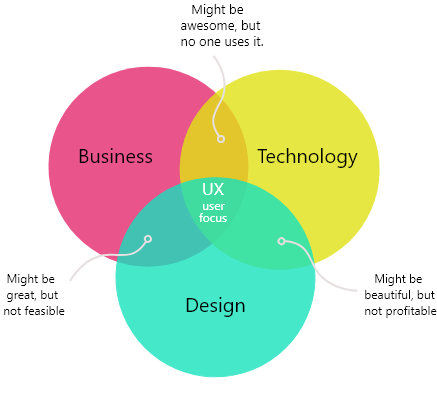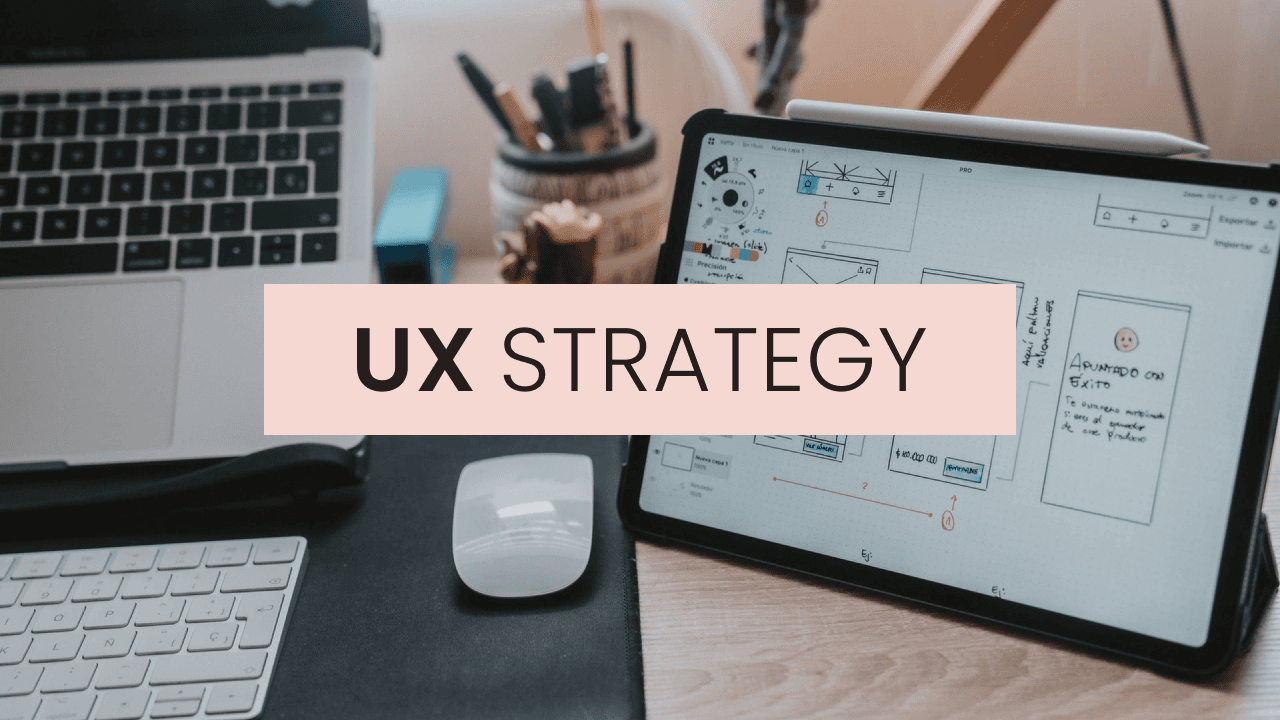We are all certain and assured that User Experience Design (UX) is an essential part of the product development process, and UX culture is becoming more popular than ever.
No one can doubt that a good user experience is a good long life cycle for the business. According to a Forester study, companies that invest in UX see lower customer acquisition costs, lower support costs, higher customer retention, and higher market share. However all these outcomes are not a coincidence, they are the result of a massive plan known as UX Strategy.

So what is UX Strategy? Why is it important for both the team and the business? and how can we build one?
A- What is a UX Strategy?
Nielsen Norman Group defines a UX strategy as "A plan of actions designed to reach an improved future state of the organization’s user experience over an established period of time". This leads us to conclude that a UX Strategy is an organized path that stands up on strong pillars to reach a clear destination at a specific time.
Jaime Levy defines in her book "UX Strategy: How to Devise Innovative Digital Products That People Want" four foundations for an effective UX strategy:
-
Business Strategy: They are the guiding principles and the top-line vision of the company to achieve its goals and maintain its competitive position in the market.
-
Value innovation: The pursuit of differentiation and low cost simultaneously provides an increased value for both users and the business.
-
Validated user research: Before starting a design, instead of presuming what is relevant to the user, we need to get direct feedback from our target users. This saves designers and businesses time, money, and effort on a product that no one wants.
-
Good user experience design: Ensuring a good user experience after the 3 first fundamentals is a must now, we need to build a unique, usable experience that focuses on the product’s core features.
B- Why UX Strategy matters?
UX designers usually work with frameworks and processes that put the user front-and-center, creating a UX strategy in the discovery phase helps them to stay true and align with the business goals, vision, and identity.
A UX strategy gives also the opportunity to stakeholders, managers, and engineers to remain updated on the user experience workflow, with great ease to understand the goal behind every component.

Additionally it provides a clear way to measure success. Defining what the end goal is and how to evaluate it, makes the design decision’s impact much easier to gauge,ensuring that the product continues to go in the correct direction.
UX strategy helps to outline the user research with the design process. Working with validated user research aid the team to design user friendly products that solve their real problems and pain points.
C- How to build a UX Strategy ?
To create a UX strategy we need to walk through these steps:
-
Define the business strategy: Meeting the stakeholders and conducting successful conversations lead to a clear vision for both parts. As a designers we need to shift our attention from the user to the business on this point. To ask direct focused questions like : What are the company’s high-level goals and objectives?, How can we mesure the product success?
-
Conduct competitive research and analysis: Once the company’s brand and strategy are clear, we can start conducting competitive research to understand how the product is positioned on the competitive landscape, so we can identify how to differentiate and to define our value proposition.
-
Stay user-centred: We must ensure that the value we provide answers users' problems and is valuable to them; by gathering input from the target audience, we may reduce the product's risk. Validated research is a basic component of the lean startup business method for MVPs, as defined by Eric Ries in his book The Lean Startup "the smallest build that allows the team to collect the maximum amount of validated learnings about customers."
-
Set clear goals: As we design we tend to forget the final destination, therefor setting specific goals to where are we going, why and when is crucial to build an effective UX strategy. Goals are the metrics to mesure success for both the UX and the business.
UX design is an innovative evolving field, it’s an opportunity for product designers and businesses to be creative, productive, and mostly unique, but this only can happen if both sides are strategic.
Resources
- https://www.nngroup.com/articles/ux-strategy/
- UX strategy by Jaime levy
- http://theleanstartup.com/
- Building Design Strategy: Using Design to Achieve Key Business Objectives by Thomas Lockwood,Thomas Walton.





